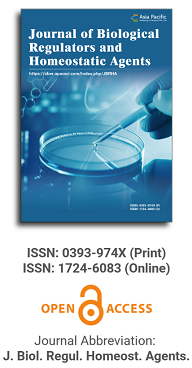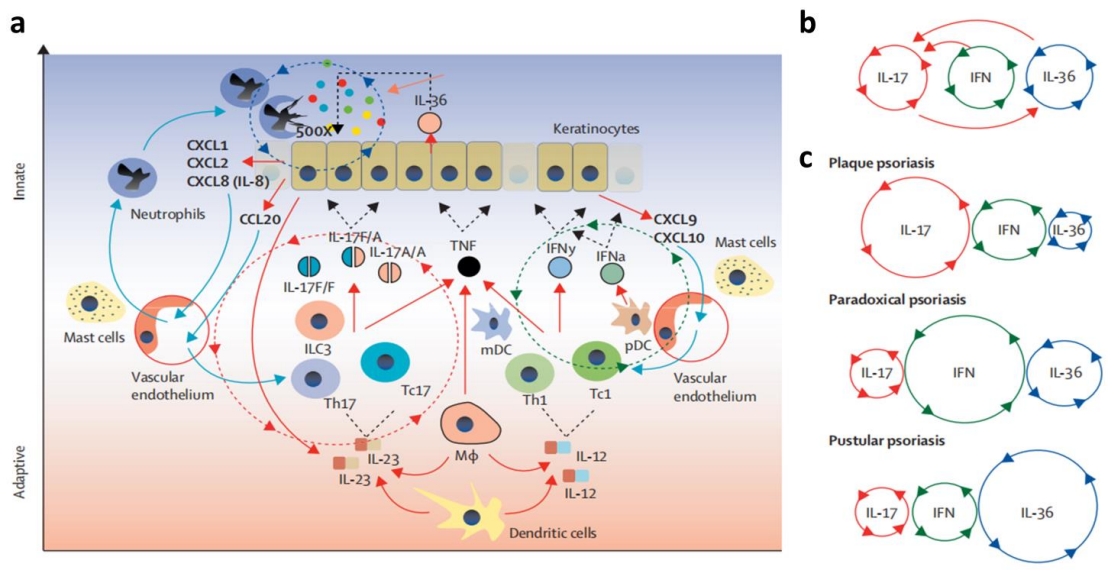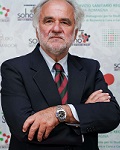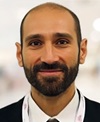
Asia Pacific Academy of Science Pte. Ltd. (APACSCI) specializes in international journal publishing. APACSCI adopts the open access publishing model and provides an important communication bridge for academic groups whose interest fields include engineering, technology, medicine, computer, mathematics, agriculture and forestry, and environment.

Physical performance in kidney transplanted patients: a study on desert trekking
Vol 25, Issue 3, 2011
Abstract
Physical performance of kidney transplanted patients in challenging environments, such as deserts, has been poorly studied. Six kidney transplanted (T: 5 males, 1 female; 45±6 yrs) and 8 control (C: 5 males, 3 females; 49±13 yrs) subjects participated in a 5-day desert trek. Blood pressure, hydration status (Height2/Rz by bioimpedance), heart rate, energy expenditure (by SenseWear Pro Armband) and walking velocities were recorded during each daily trekking stage (GPS-assisted wearable devices). Systo-diastolic blood pressure did not differ between C (119/77±12/8 mmHg) and T (121/77±10/6 mmHg) groups throughout the study. The hydration status was stable from day 1 (Ht2/Rz: 64±13 cm2/Ohm in T and 59±12 cm2/Ohm in C subjects) to day 5 (66±11 cm2/Ohm in T and 61±13 cm2/Ohm in C subjects) in both groups. Two patients on steroid treatment showed a relative hyperhydration. Mean heart rate did not differ between T (135±10 bpm) and C (136±5 bpm) subjects throughout the study, although a reduction from day 1 to day 5 was observed in T subjects only (p>0.05 vs C group). No differences were found between T and C group in walking velocity (1.7±0.6 km/h in T and 1.7±0.5 km/h in C group); mean intensity of physical activity was 3.4±0.5 METs in T and 3.3±0.6 METs in C group during each trekking stage. Negligible differences were observed in cardiovascular, metabolic and hydration status adaptations to desert trekking between selected T and C individuals. T subjects with creatinine clearance > 55 ml/min showed acceptable physical performance and acclimatization to desert environment, suggesting a good long-term outcome of transplantation
Keywords
References
Supporting Agencies
Copyright (c) 2011 G. Mosconi, D. Colombo, E. Graziani, N. Franceschelli, G.S. Roi, V Totti, A.Nanni Costa, S. Stefoni

This site is licensed under a Creative Commons Attribution 4.0 International License (CC BY 4.0).

Medical Genetics, University of Torino Medical School, Italy

Department of Biomedical, Surgical and Dental Sciences, University of Milan, Italy

